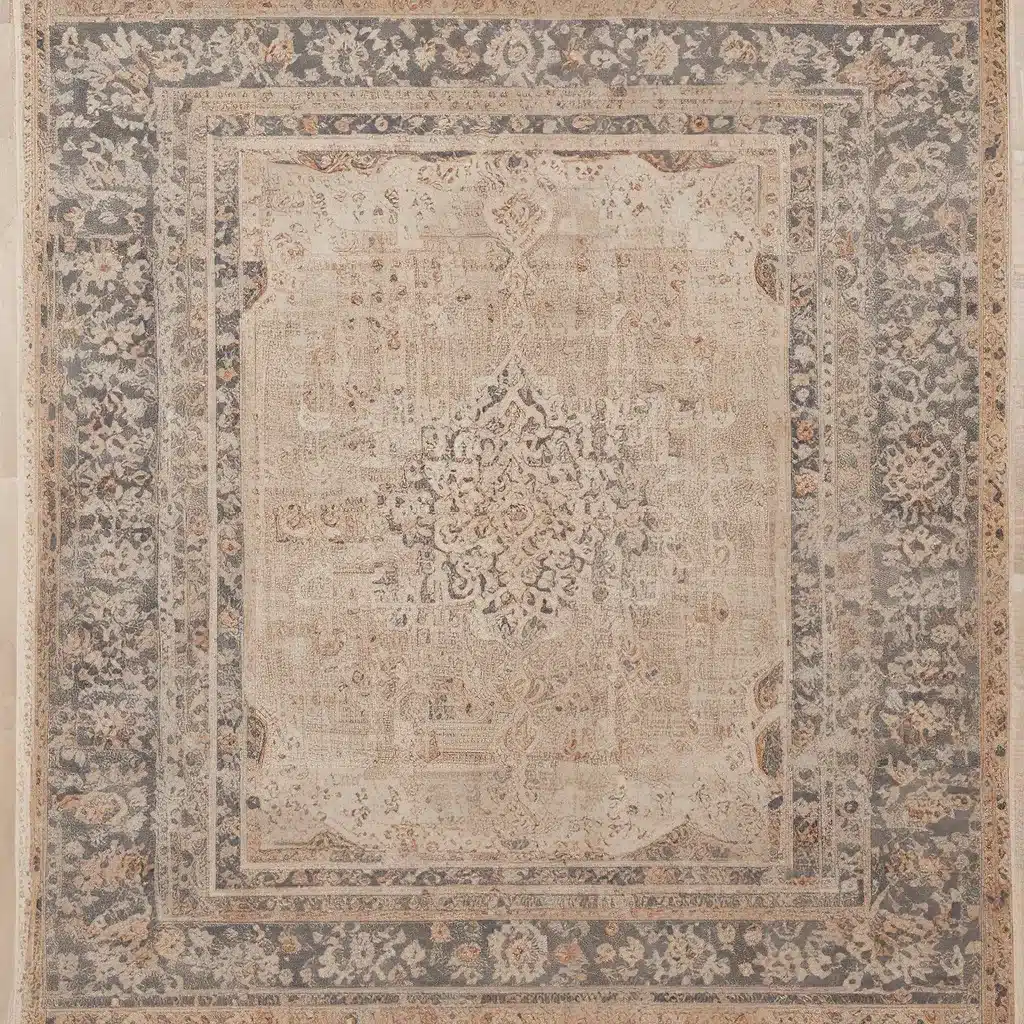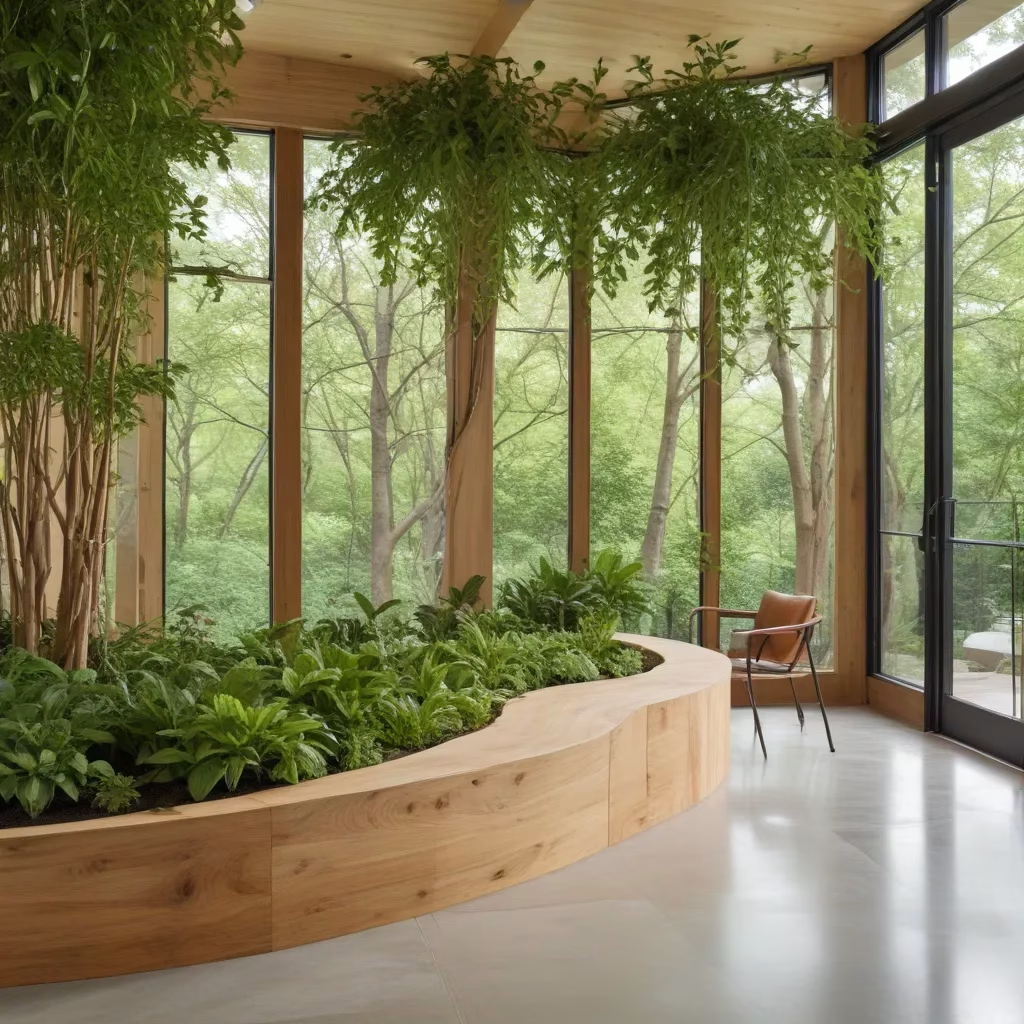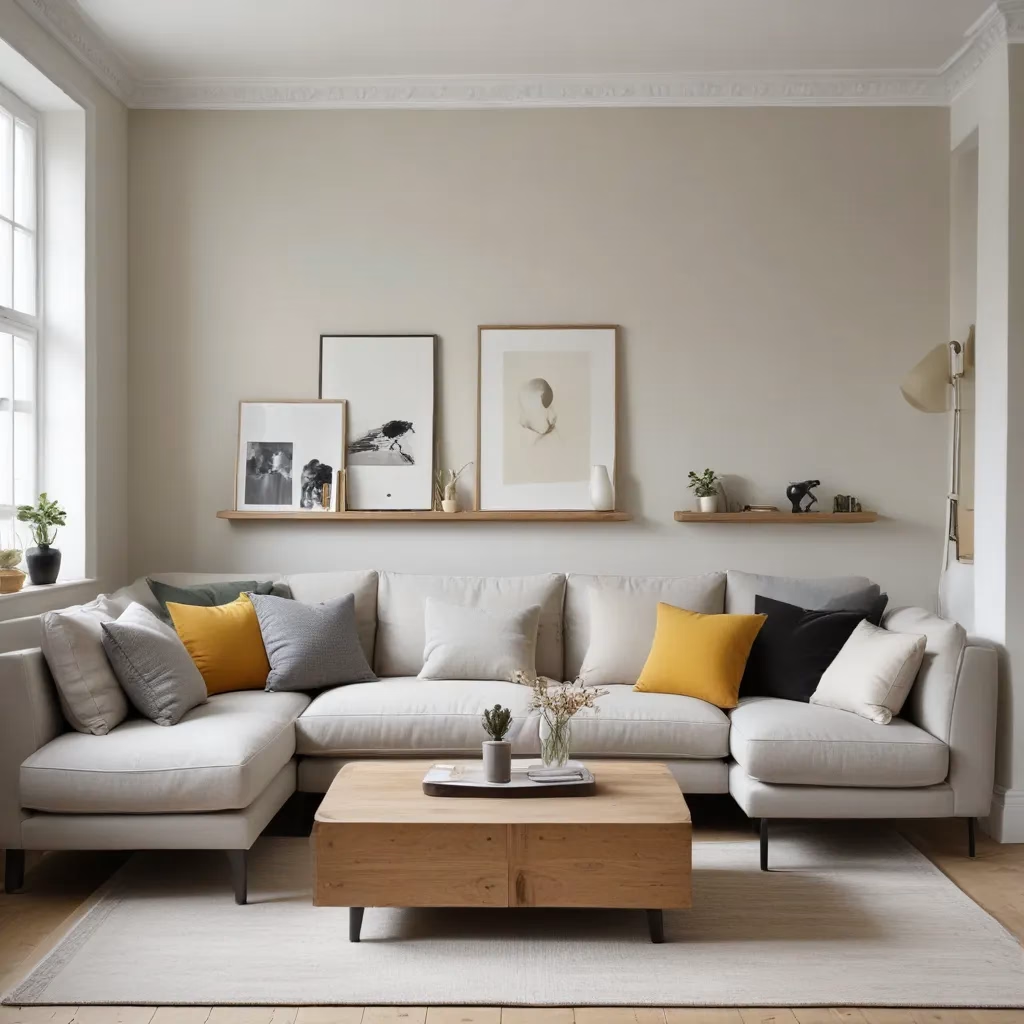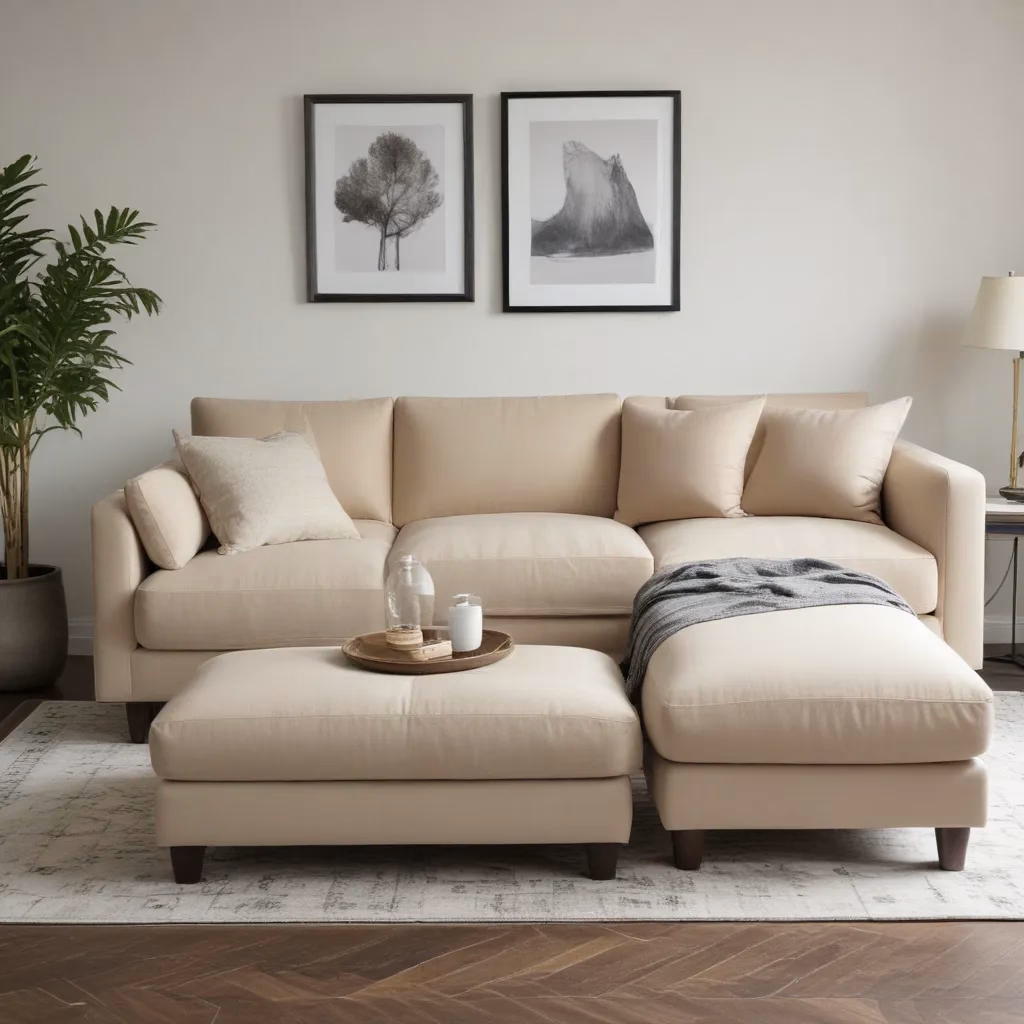
When it comes to designing a living space, the humble rug can make all the difference. It’s the unsung hero that ties a room together, adding warmth, texture, and visual interest. But with so many options out there, how do you choose the right rug for your home? Let’s dive into the art of rug reinvention and explore the key factors to consider when selecting the perfect size and shape.
Measuring the Space
Establishing the right dimensions is crucial when picking a rug. After all, you don’t want it to look lost in a vast expanse or spill over the edges, creating a cluttered effect. Start by measuring the room where you plan to place the rug. Be sure to include any furniture that will sit on top of it, as this will help determine the appropriate size.
As a general rule of thumb, the rug should be large enough to accommodate the main seating area, with at least 18 to 24 inches of floor space visible around the perimeter. This creates a harmonious, balanced look and ensures the rug feels intentional rather than an afterthought.
For open-concept spaces, you can use the rug to define distinct zones, such as a dining area or a conversation nook. In these cases, size becomes even more critical, as the rug needs to be large enough to anchor the designated zone without feeling disconnected from the rest of the space.
Mastering the Shapes
Rectangular rugs are the most common and versatile option, but that doesn’t mean they’re your only choice. Square, round, and even custom-shaped rugs can add a delightful element of surprise and personality to a room.
Square rugs work well in intimate settings, such as a cozy reading nook or a small dining area, as they create a sense of symmetry and balance. Round rugs, on the other hand, can soften the hard edges of a room and lend a touch of elegance, making them a great choice for formal living rooms or entryways.
If you have an unconventional space or a specific design vision in mind, custom-shaped rugs are a fantastic solution. These unique pieces can be tailored to fit perfectly around furniture, architectural features, or even to follow the contours of the room.
Considering the Material
The material of the rug not only affects its durability and maintenance requirements but also its overall aesthetic. Wool rugs are a classic choice, known for their plush feel, natural stain resistance, and exceptional longevity. They come in a wide range of colors and patterns, making them a versatile option for most decor styles.
Synthetic rugs, such as those made from polypropylene or nylon, are often more budget-friendly and easier to clean, making them a practical choice for high-traffic areas or homes with pets and children. While they may not have the same luxurious feel as wool, advancements in manufacturing have resulted in increasingly realistic and visually appealing synthetic options.
Natural fiber rugs, crafted from materials like jute, sisal, or seagrass, bring an organic, earthy vibe to a space. They’re a great choice for achieving a casual, coastal or rustic aesthetic, and they often have a wonderful textural quality that adds visual interest to a room.
Balancing Patterns and Solids
When it comes to rug patterns, the options are endless. From bold, geometric designs to subtle, abstract motifs, the right pattern can make a strong statement or provide a harmonious backdrop for the rest of your decor.
If you have a room with a lot of patterned elements, such as printed fabrics or wallpapers, a solid-colored rug can help create a calming, grounding effect. Conversely, a patterned rug can be the perfect way to inject some visual interest into a space with more neutral furnishings.
Remember, the key is to strike a balance. Avoid overwhelming a space with too many competing patterns. Instead, consider using a patterned rug as the anchor and building the rest of the room’s design around it.
Layering for Depth
One of the latest trends in rug design is the art of layering. By placing a smaller, more decorative rug on top of a larger, solid-colored foundation, you can add depth, texture, and a touch of whimsy to a space.
This approach works particularly well in living rooms, where the layered rugs can delineate different seating areas or create a cozy, intimate feel. It’s also a great way to incorporate vintage or antique rugs into a modern setting, blending old and new for a unique, personalized look.
Embracing the Unexpected
At the end of the day, choosing the perfect rug is all about finding the right balance between form and function. Don’t be afraid to step outside the box and experiment with unexpected shapes, patterns, and materials. After all, the most memorable and inviting spaces are often the ones that showcase a touch of playfulness and personal style.
So, take the time to explore the endless possibilities, and let your rug be the starting point for a truly spectacular transformation of your living space.



